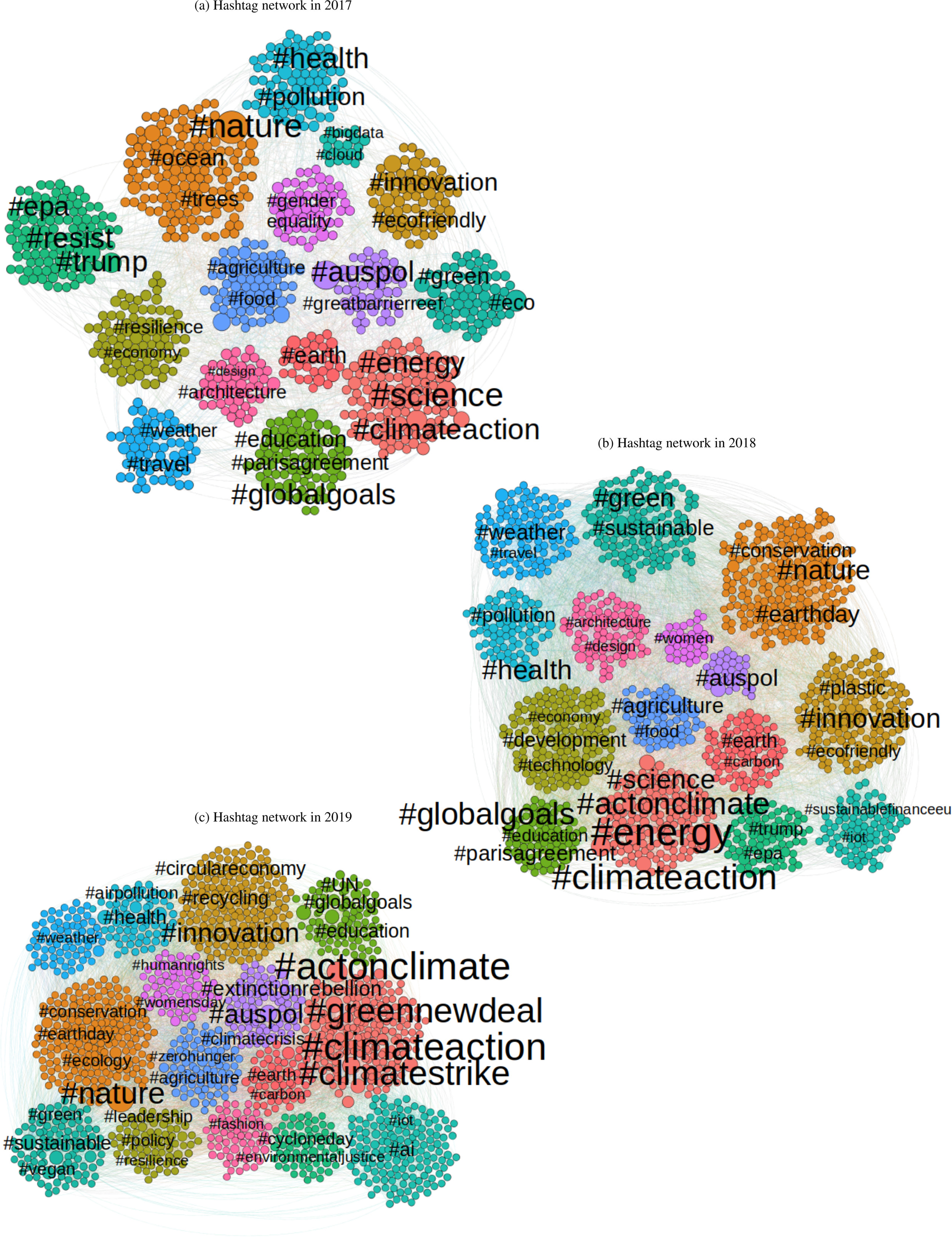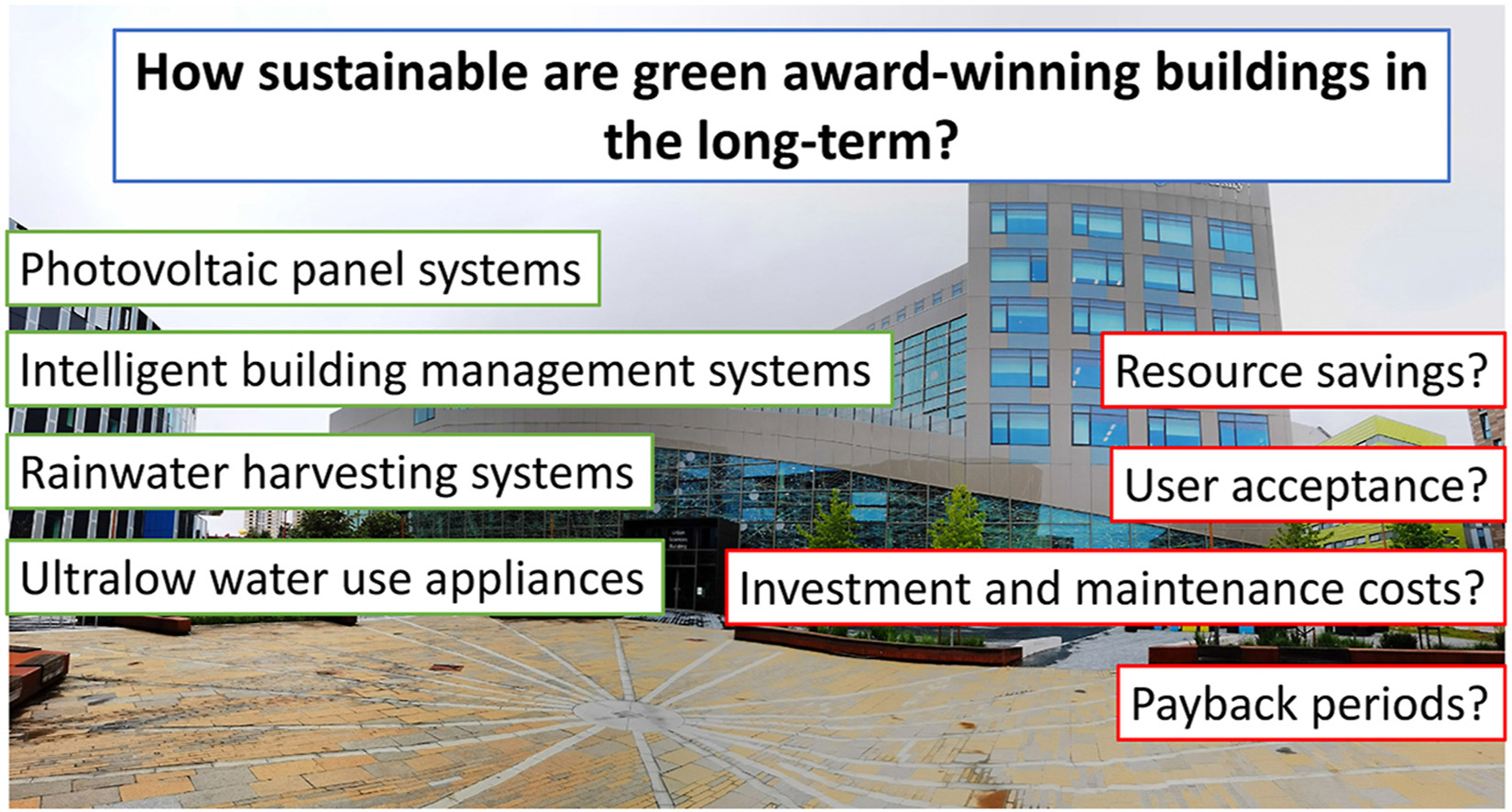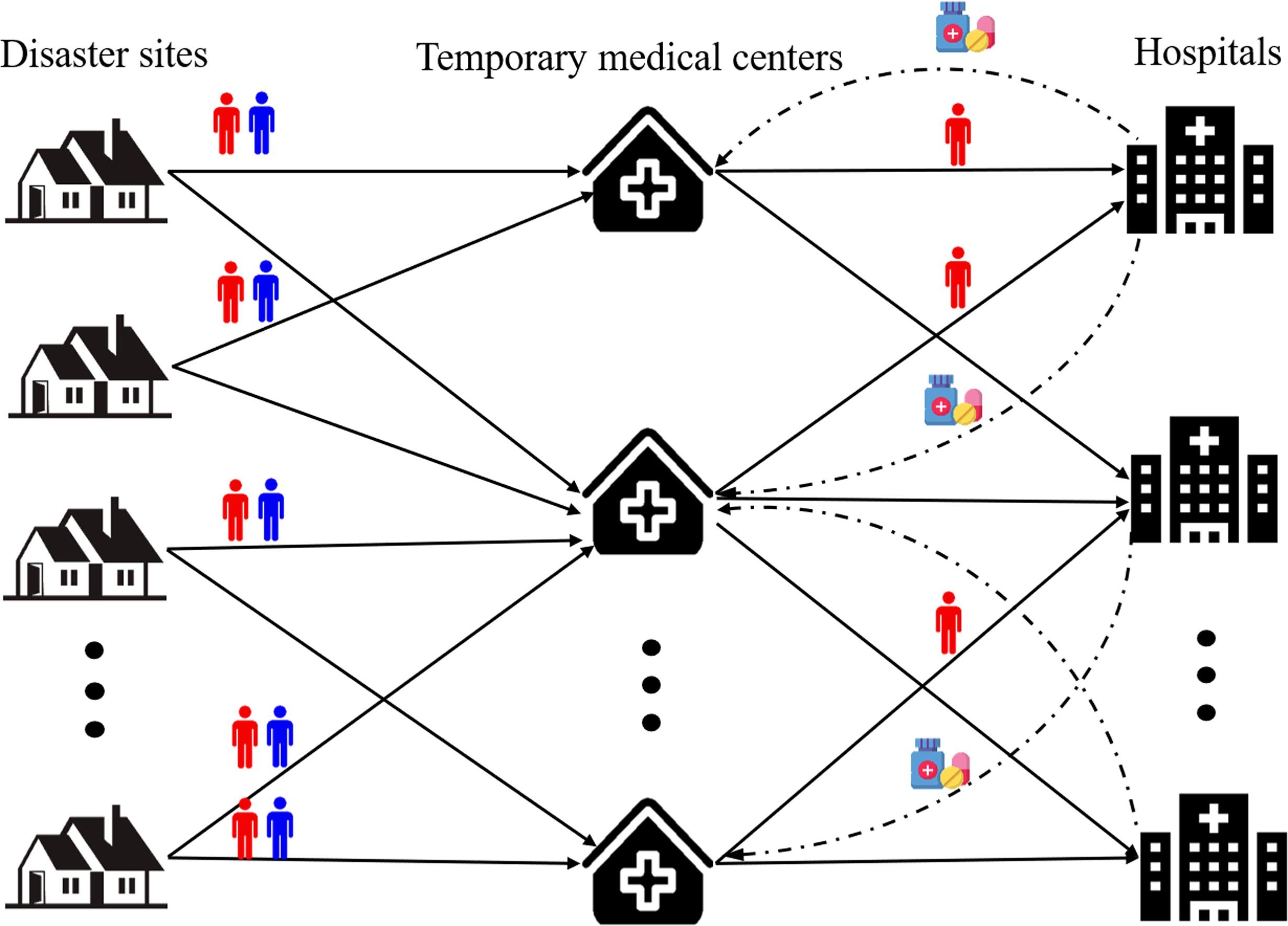Elsevier,
Building and Environment, Volume 207, January 2022
Two green gown award winning buildings, built in 2004 and 2017, were investigated. Features include rainwater harvesting, sensing and photovoltaic panel systems. Sustainability features delivered only 28–71% of their potential resource savings. The performance gaps were due to technical, human, and economic factors.
Elsevier, Transportation Research Part E: Logistics and Transportation Review, Volume 157, January 2022
Humanitarian aid in disasters is critical to saving lives and alleviating human suffering. This paper presents a novel scenario-based robust bi-objective optimization model that integrates medical facility location, casualty transportation, and relief commodity allocation considering triage. The proposed model aims to minimize the total deprivation cost of casualties due to the delayed access to medical services and the total operation cost.
Elsevier, Transportation Research Part A: Policy and Practice, Volume 155, January 2022
Mobility as a Service (MaaS) is a recent concept that is gaining momentum in both the scientific world and the private sector. First studies and field trials – essentially conducted in developed countries – suggest that MaaS can influence people's mobility behavior and create more efficient and sustainable transport systems for the future. We intend to contribute to the existing knowledge about MaaS by extending the scope to the context of developing countries where MaaS could be a potential strategy to address existing transport problems.
Elsevier, Chest, Volume 161, January 2022
Background: Ozone effects on lung function are particularly important to understand in the context of the air pollution-health outcomes epidemiologic literature, given the complex relationships between ozone and other air pollutants with known lung function effects. Research Question: What has been learned about the association between ozone exposures and lung function from epidemiology studies published from 2013 through 2020?
Elsevier, Journal of Thoracic Oncology, Volume 17, January 2022
Screening with low-dose computed tomography of high-risk individuals with a smoking history reduces lung cancer mortality. Current screening guidelines and eligibility criteria can miss more than 50% of lung cancers, and in some geographic areas, such as East Asia, a large proportion of the missed lung cancers are in never-smokers. Although randomized trials revealed the benefits of screening for people who smoke, these trials generally excluded never-smokers. Thus, the feasibility and effectiveness of lung cancer screening of individuals who never smoked are uncertain.
Elsevier, The Lancet Planetary Health, Volume 6, January 2022
Background: Long-term exposure to ambient air pollution has been associated with premature mortality, but associations at concentrations lower than current annual limit values are uncertain. We analysed associations between low-level air pollution and mortality within the multicentre study Effects of Low-Level Air Pollution: A Study in Europe (ELAPSE).




